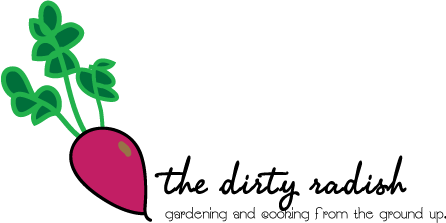





(Note: Photos are from Wikipedia articles, not me. Herb are, starting from top left, lavender, rosemary, sweet woodruff, bergamot, chamomile and mint)
{Note: Um, blogger is currently experiencing technical difficulties. I will fix the photos when it starts working again...}
I'm more of a coffee drinker in the morning, but if I need a warm beverage at any other time of day, I reach for tea. An afternoon pick-up is usually yerba mate. Something after dinner? Then, I favor a roobios for it's caffeine-free-ness.
When planning my 2009 herb garden, I knew I wanted mint(s), bergamot (aka bee balm) and lavender. Then I found out that chamomile is a good companion plant to strawberries so decided to save some room for it in the strawberry patch. Next, it turned out that sweet woodruff would be perfect in the bed in the front of the house. And, finally, I found a local source of scented geraniums. And couldn't resist buying one. Before I knew it, I had the makings of a tea garden!
What is a tea garden you ask? Ideally, it's a container or patch of an herb garden dedicated to herbs that can be used in teas. But since I like my plants to multi-task, they are going to be a spread out across the yard: in a pot in the house, in the herb garden, in the strawberry patch, ground cover in the front bed, and ground cover in a raised bed under a tree.
Here's what I'm planting that could be used for tea:
- Mint (spearmint, chocolate mint and maybe apple mint)
- Bergamot/bee balm
- Chamomile (german, most likely)
- Sweet woodruff
- Old-fashion rose (scented geranium)
- Lavender
- Thyme
- Rosemary
- Lemon verbena
- Lemon balm
- Marjoram
- Lemon grass
- Other scented geraniums
- Rose hips
- Sage
So, dear readers, do your research! Be smart about what you ingest!
To make a tea out of herbs, you can do it two ways: with fresh leaves or with dry leaves. Either way, put the leaves in a cup & pour hot water over them. Then, let steep for 5 or so minutes and strain. Voila! Garden-fresh tea! For those of you that I know in real life, anticipate that a good crop of herbs this year will result in you getting homemade herbal teas and homemade reusable tea bags like this: http://www.craftleftovers.com/blog/archives/32 (sorry it's not clicky. blogger is buggin' out on me!). Fair warning folks, fair warning.
Who's growing a tea garden (I'm even talking containers on windowsills here! You don't need a yard to garden.)? And, if you think you can't grow any herbs, then clearly you haven't read my previous post: http://thedirtyradish.blogspot.com/2009/04/herb-for-every-pot.html (I have no idea why this link is clicky but the other one isn't. :::shakes fist at blogger:::)




No comments:
Post a Comment